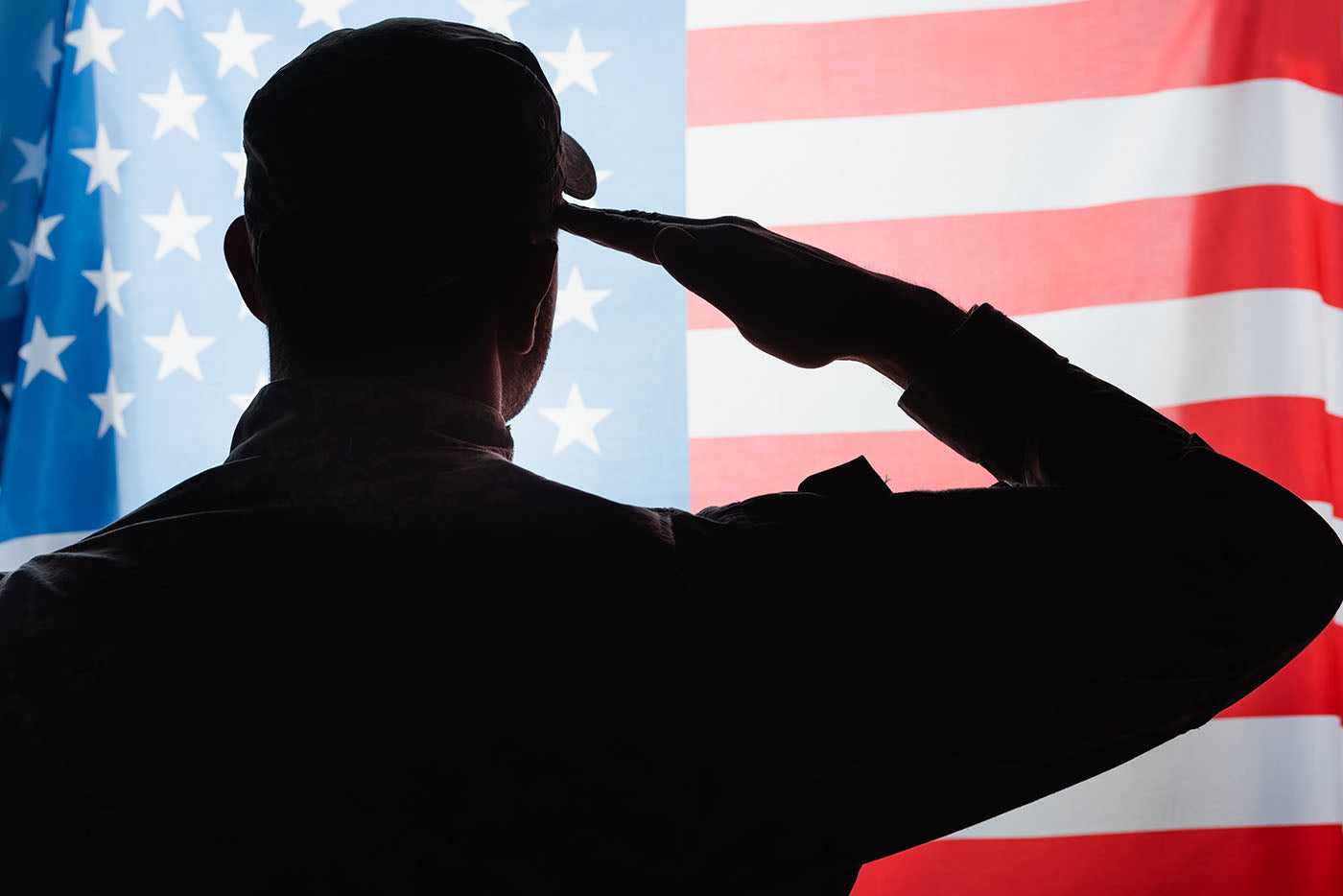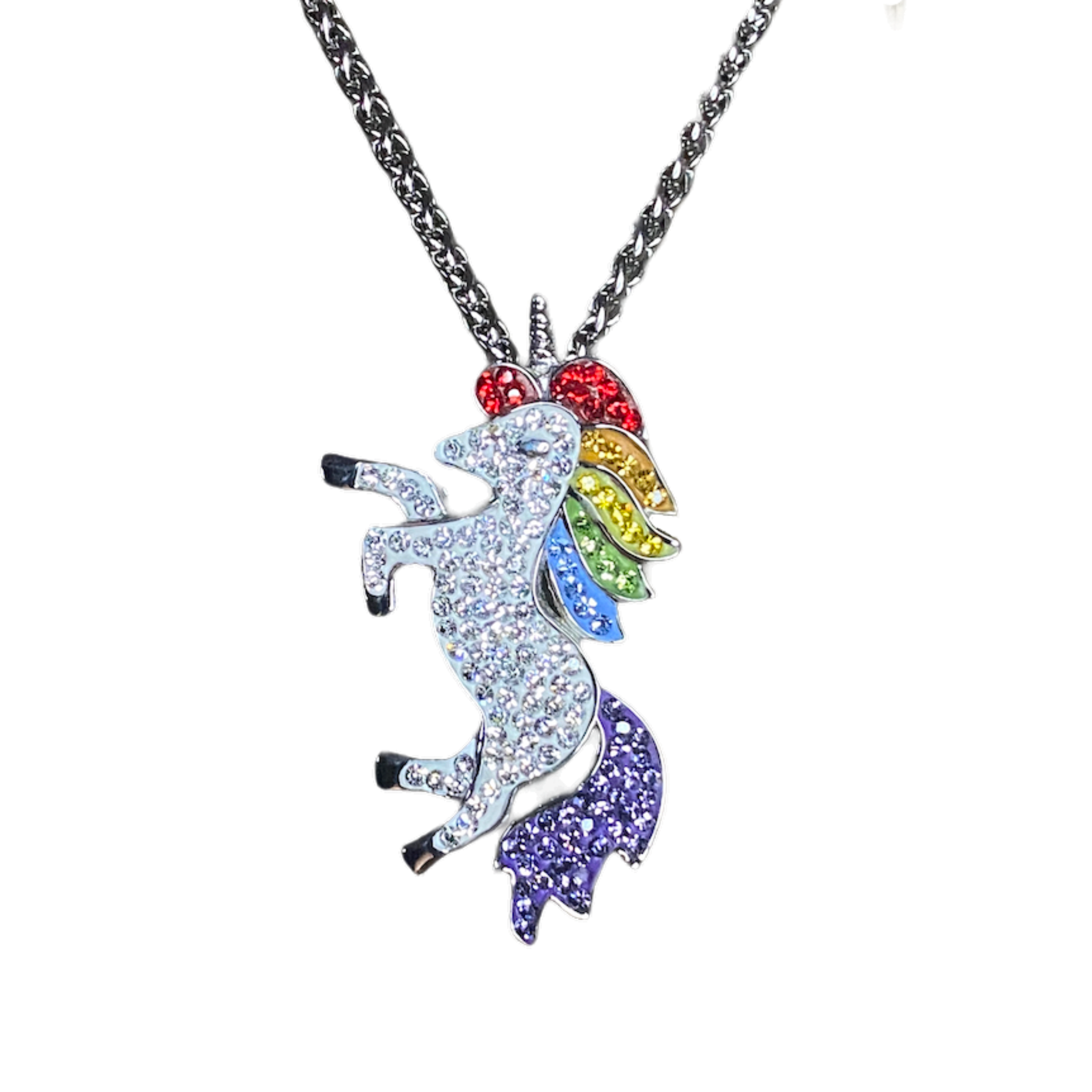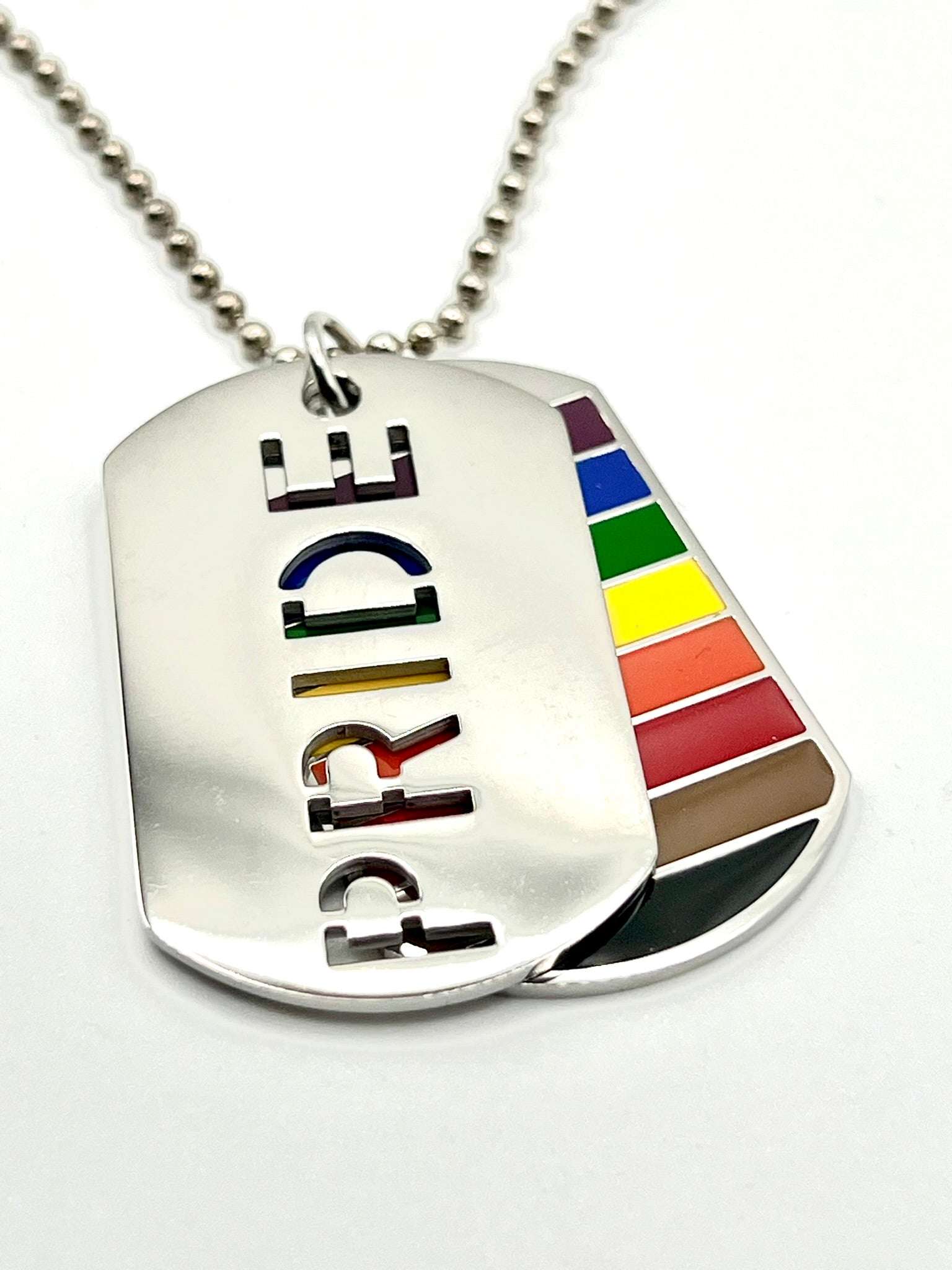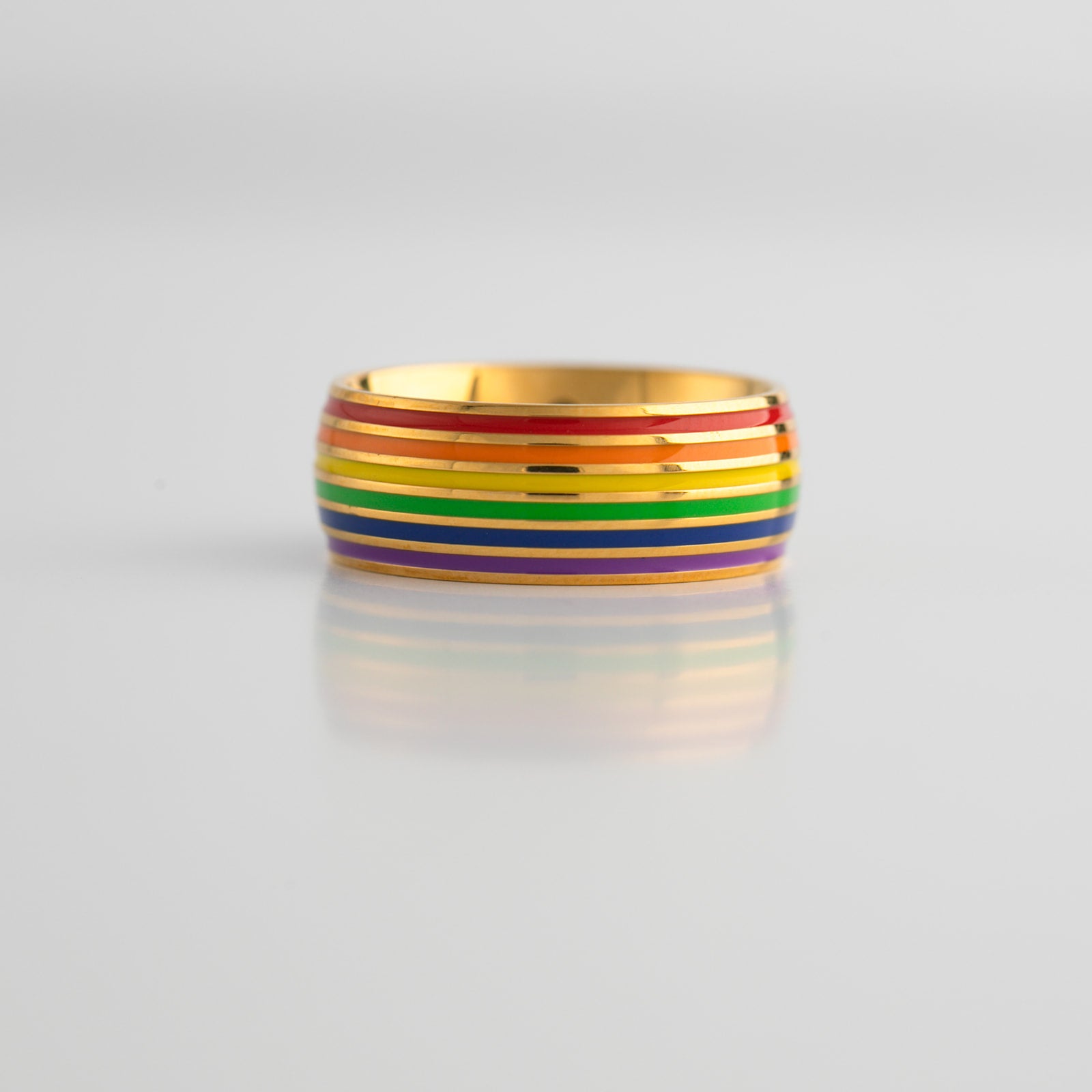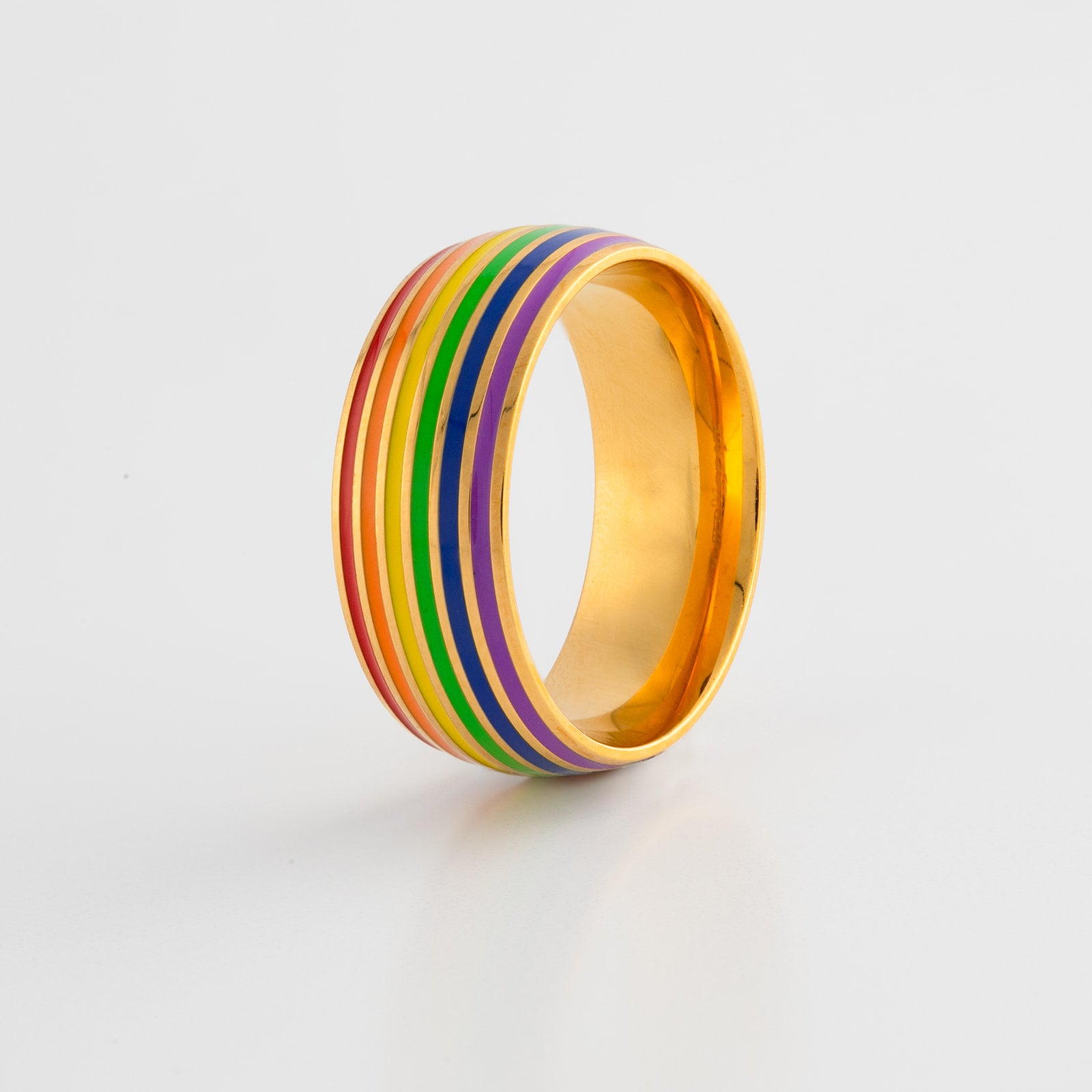In recent decades, the US military has undergone significant policy shifts, none more notable than the “Don’t Ask, Don’t Tell” (DADT) policy. This rule, in place from 1994 to 2011, signified a major turning point in the fight for LGBTQ rights within the armed forces. Below, we delve into the roots of this policy, the public and military response, and its eventual repeal.
Before DADT: A Closer Look
Before the era of "Don't Ask, Don't Tell", the U.S. military had a long history of discriminatory policies towards LGBTQ individuals. The roots can be traced back as far as World War I, but the more direct precursors to DADT began to take shape in the post-World War II era.
The Cold War Climate
In the climate of the Cold War, anxiety over non-conformity led to the entrenchment of anti-LGBTQ policies within the military. The 1950s saw the formulation of explicit bans on homosexual service members. This was a period marked by the confluence of anti-communism and moral conservatism which, among other things, manifested in a military-wide crackdown on perceived sexual deviance.
The Regulatory Framework
The regulatory framework solidified with the issuance of Department of Defense Directive 1332.14 in 1982, which stated that homosexuality was “incompatible” with military service. The directive justified this stance on grounds of maintaining good order, discipline, and morale among troops. This policy led to an era of investigations and discharges based on sexual orientation.
Attempts at Change
There were sporadic attempts to challenge the discriminatory laws and regulations, both from within and outside the military. Lawsuits and advocacy from LGBTQ rights groups marked the early stirrings of resistance to the established norms. However, it wasn’t until the early 1990s, with a changing societal attitude and a new administration under President Clinton, that a more serious challenge to the status quo emerged, paving the way for the compromise policy of "Don't Ask, Don't Tell".
The Birth of DADT
The “Don’t Ask, Don’t Tell” policy emerged as a compromise in 1993, during Bill Clinton’s presidency. Clinton aimed to lift the longstanding ban on gay individuals serving in the military, but faced stiff resistance from conservative factions and military leaders. As a middle ground, DADT was crafted: military personnel wouldn’t be asked about their sexual orientation, but openly gay individuals were barred from service.
The Public and Military Reactions
The reactions to DADT were mixed. Many saw it as a step forward, while others saw it as a reinforcement of discriminatory practices. The military's rank and file had varying opinions, often mirroring the political and social beliefs held in broader society. However, the policy led to the discharge of over 13,000 military personnel, leaving a mark on individual lives and military readiness.
The Path to Repeal
The call for repeal grew louder as societal attitudes towards LGBTQ individuals shifted. During Barack Obama’s presidency, momentum built up, culminating in the 2010 repeal of DADT. The repeal process was a testament to the changing attitudes within the government and the military, reflecting a broader societal acceptance of LGBTQ rights.
Reactions Post Repeal
The repeal of DADT was met with widespread relief among LGBTQ advocates and many in the military who saw it as an outdated policy. However, others feared that it could disrupt military cohesion. The fears largely proved unfounded, as the integration process went smoothly. This repeal was not just a change in military policy, but a reflection of evolving societal norms and the journey towards greater inclusivity in the US military.
Featured collection
Get onboard with out awesome collection of LGBTQ+ exclusives!
2 Color(s) Available
10 Color(s) Available



